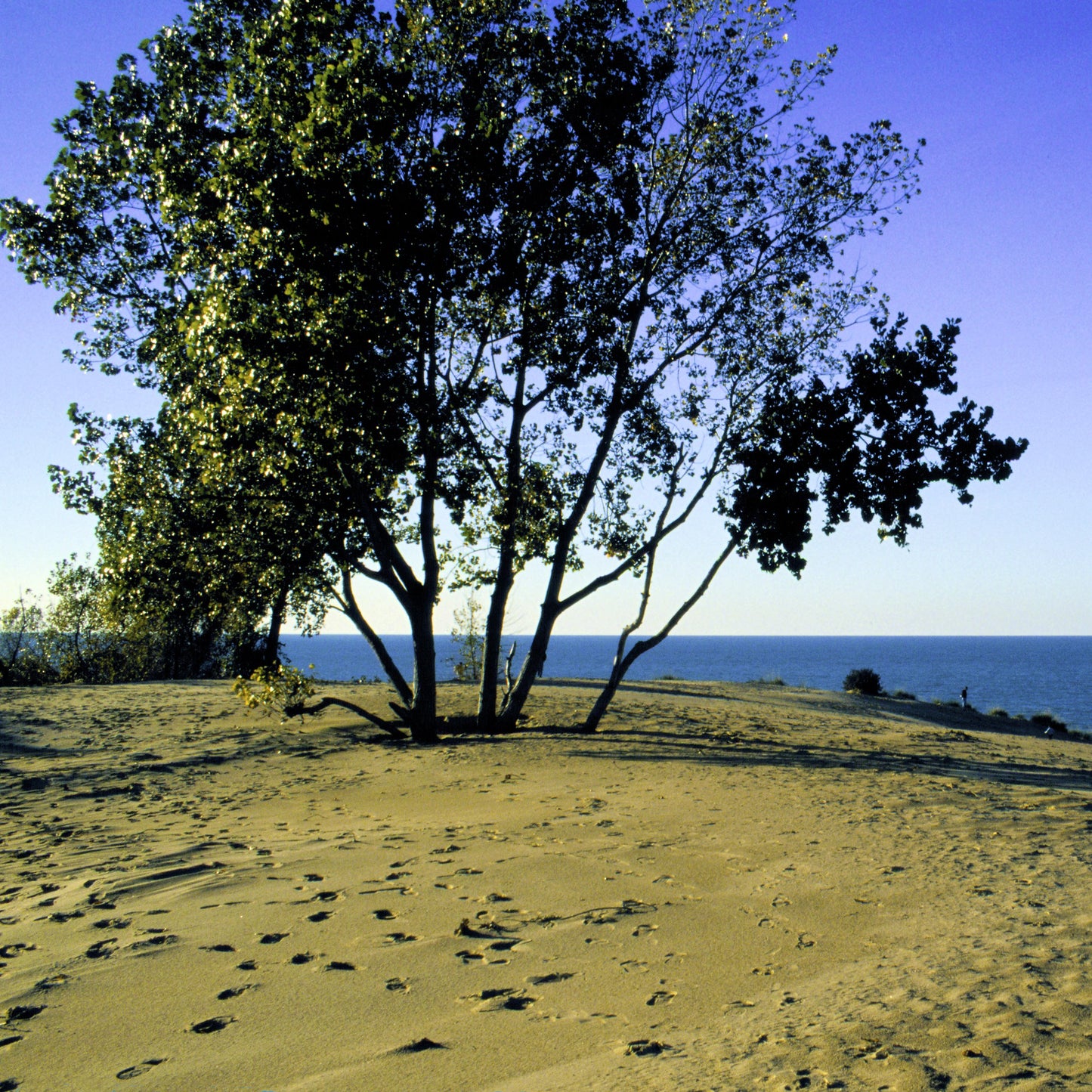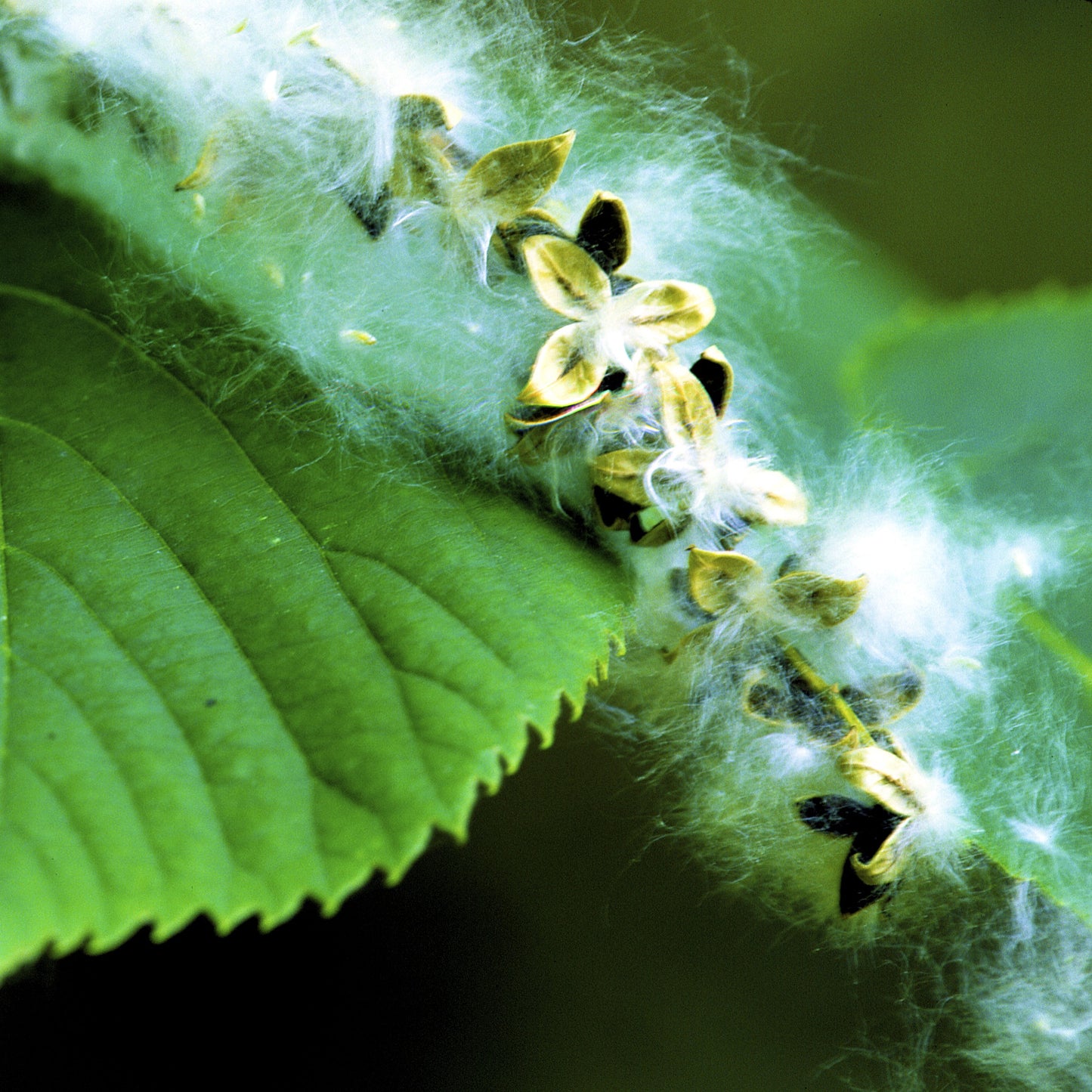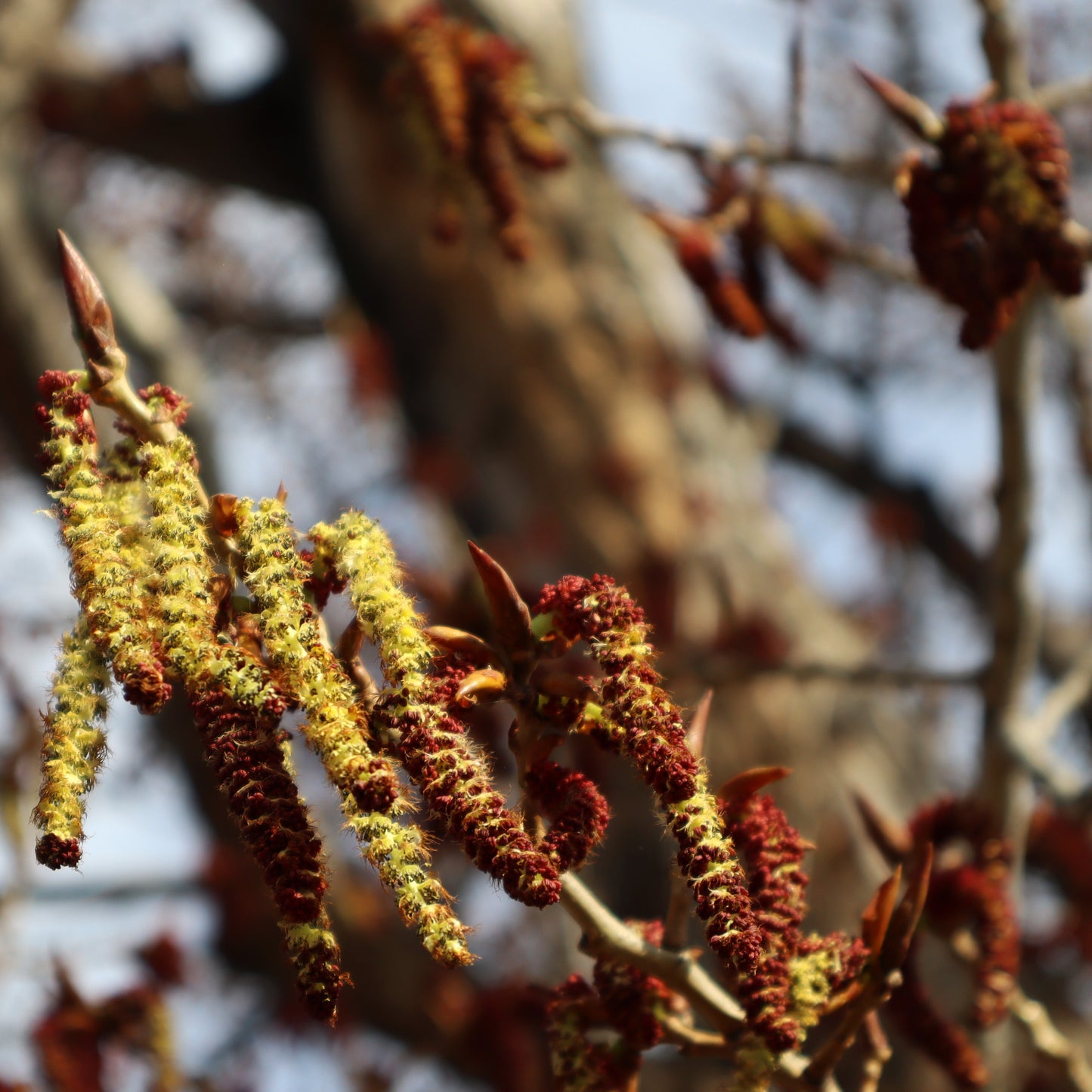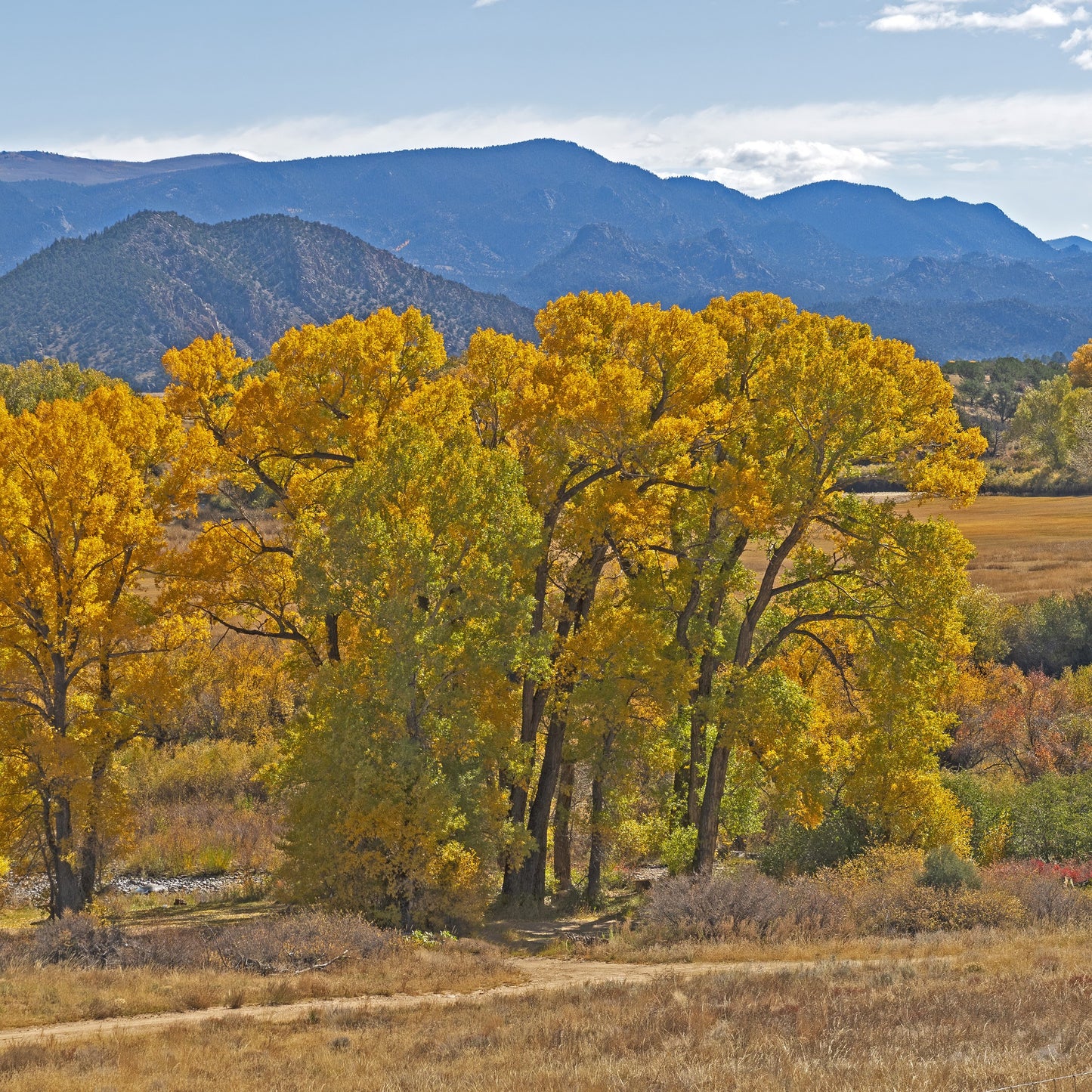Limited Quantities - Reserve Now For Fall
-
Beginner Zones 2-9
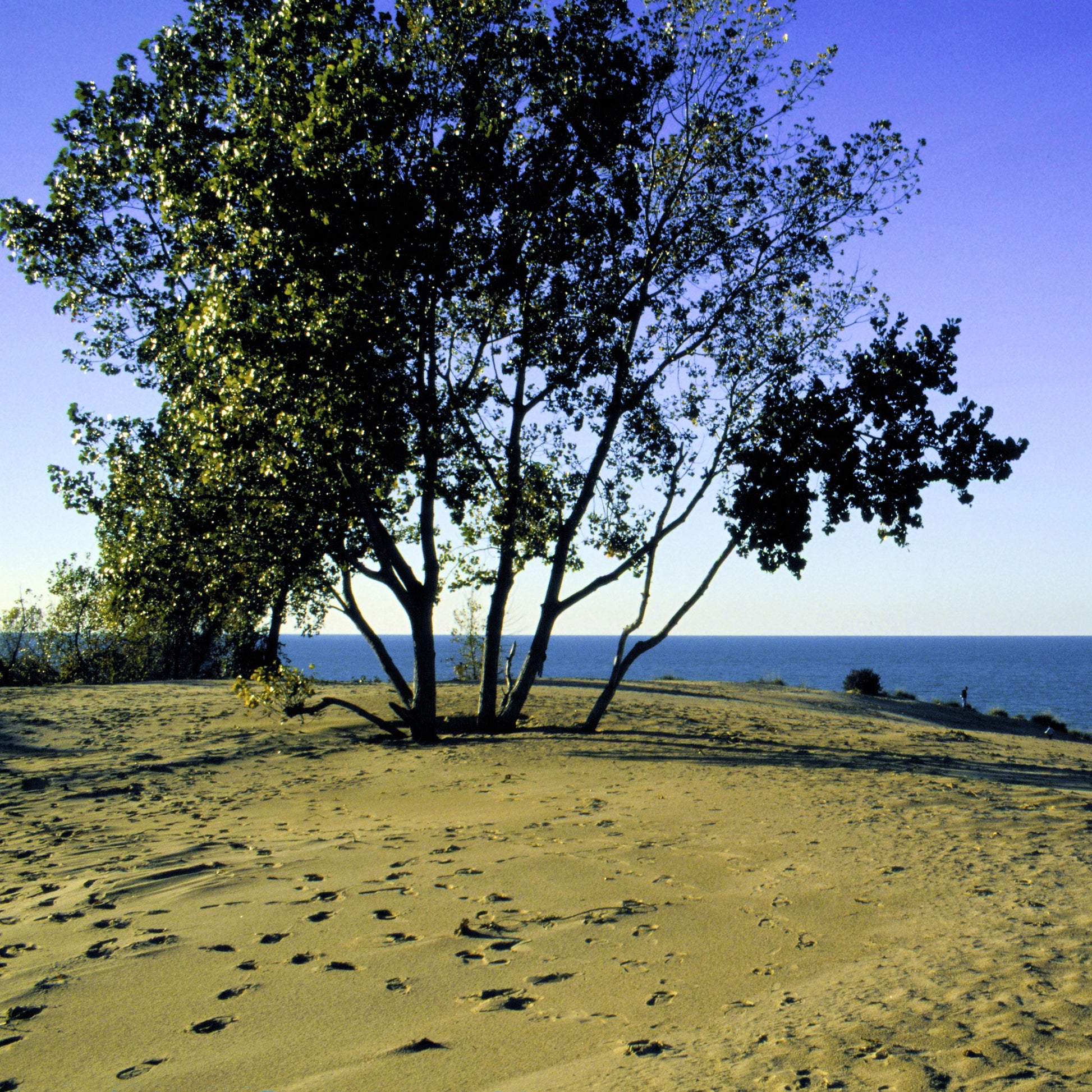
-
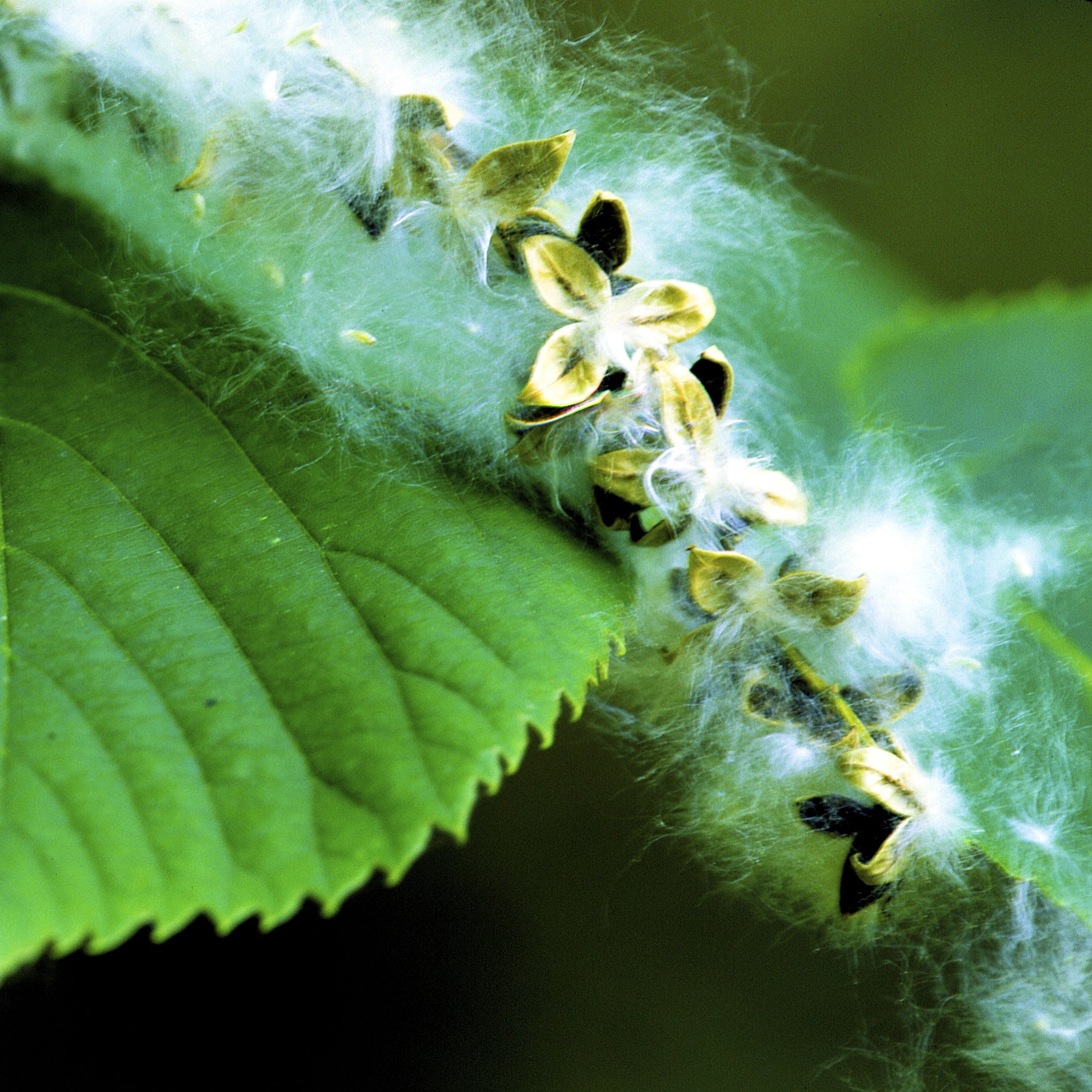
-
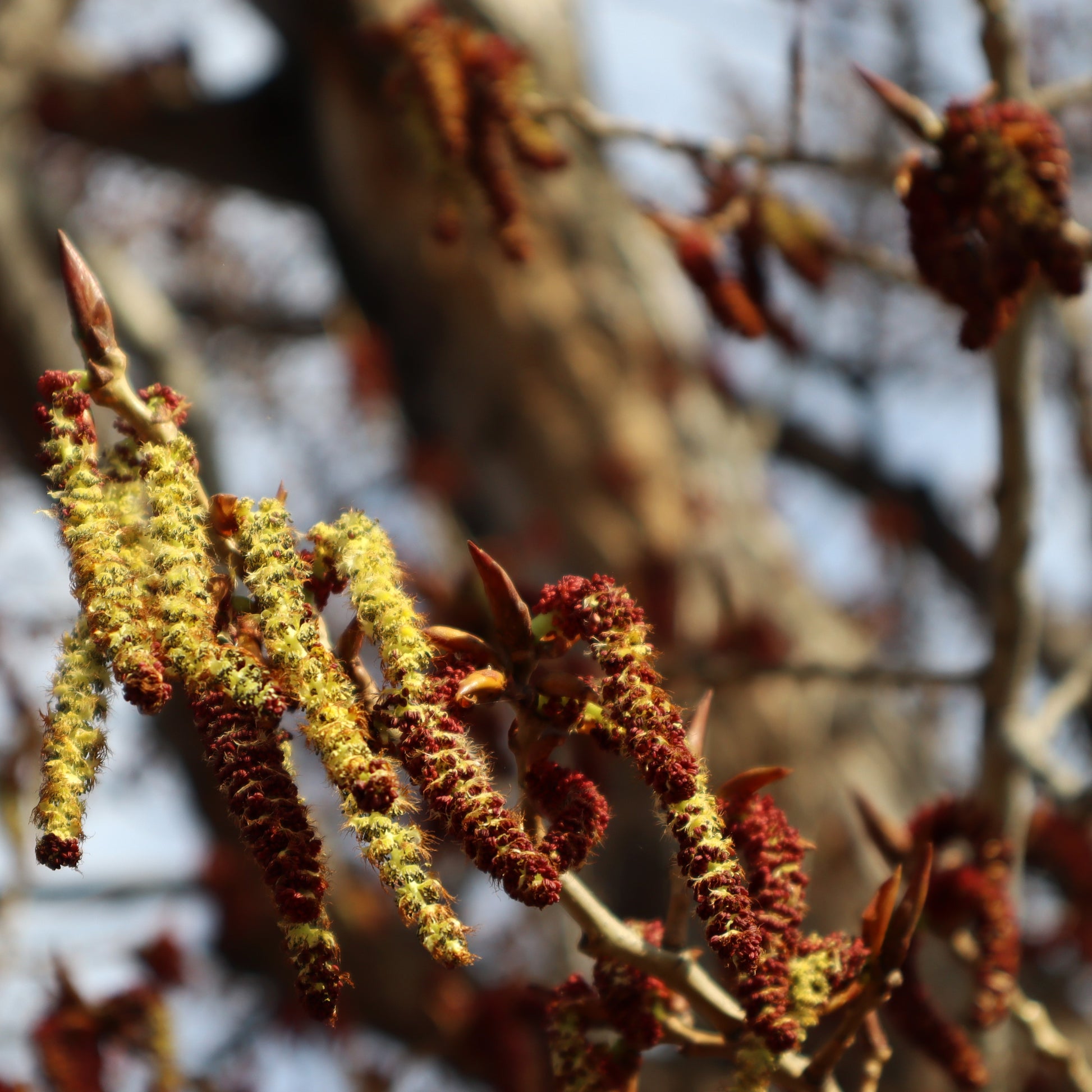
-
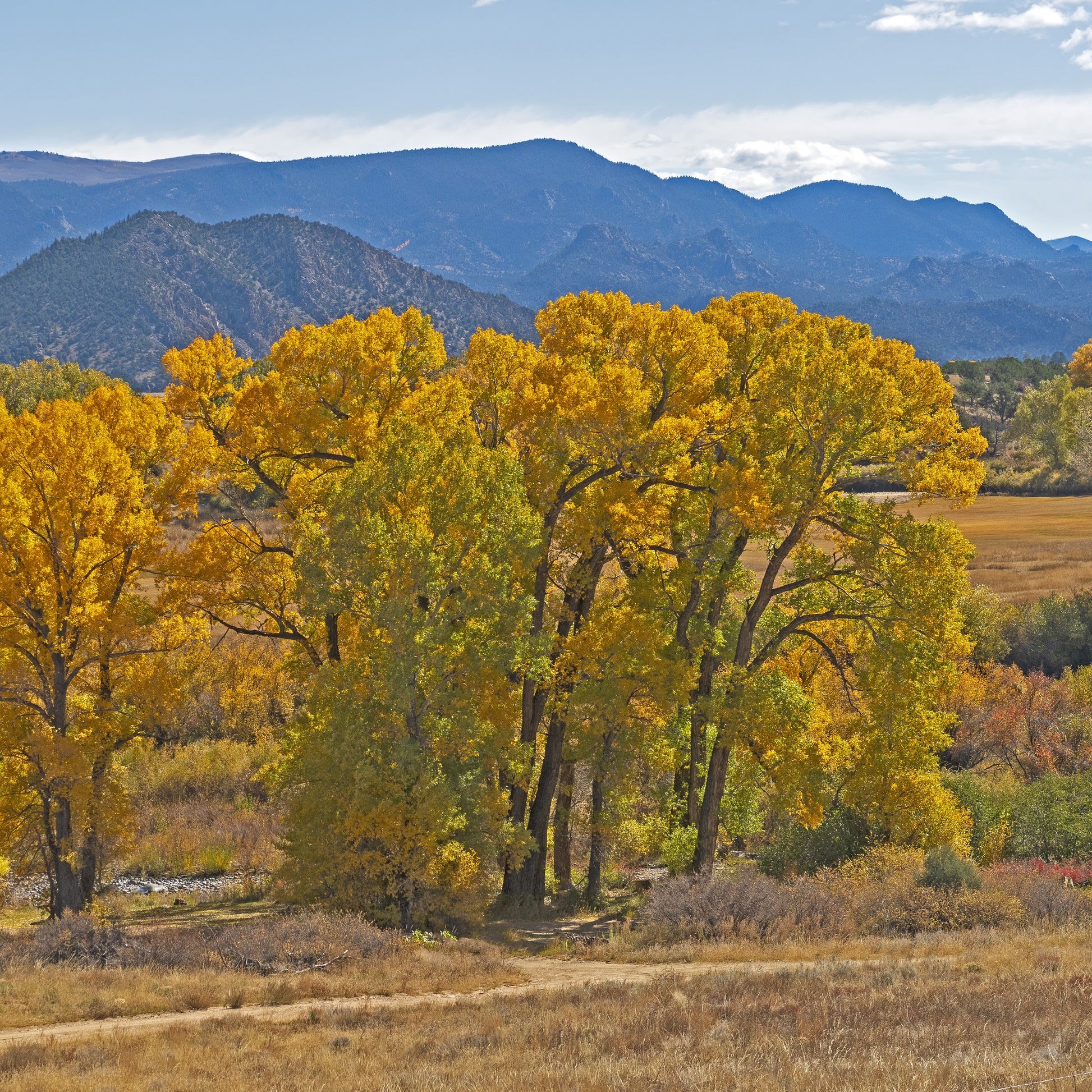
Eastern Cottonwood
Eastern Cottonwood
Couldn't load pickup availability
Populus deltoides
The Eastern Cottonwood is a fast-growing native hardwood tree that towers with grandeur, shade, and wind-whipping presence. Recognized for its shimmering, heart-shaped leaves and signature cotton-like seed tufts, this bare root variety is a favorite for large properties, riverbanks, and windbreaks.
Whether you're restoring habitat, establishing a privacy screen, or creating shade in a wide-open space, the Eastern Cottonwood is your go-to for rapid growth and natural impact.
Eastern Cottonwood
| Attribute | Details |
|---|---|
| Variety | Rooted |
| Botanical Name | Populus deltoides |
| Common Names | Eastern Cottonwood, Necklace Poplar |
| Mature Height | 70–100 feet |
| Mature Width | 50–70 feet |
| Growth Rate | Fast (5–8 feet per year) |
| Lifespan | 50–100 years |
| USDA Zones | 2–9 (extremely adaptable) |
| Sun Preference | ☀️ Full sun only |
| Soil Type | Moist, well-drained soils; tolerates sandy and clay soils |
| Soil pH | Neutral to slightly alkaline (6.5–8.0) |
| Water Needs | 💧 Moderate to high; thrives near water sources |
| Foliage Color | Bright green; turns yellow in fall |
| Flower/Seed Features | Produces cotton-like seeds in spring |
| Wildlife Attraction | 🐦 Birds, 🐿️ small mammals, 🐝 pollinators |
| Growth Habit | Tall, broad-canopied, pyramidal when young |
| Self-Pollinating? | No (dioecious – male and female trees separate) |
| Spacing | 30–50 feet apart minimum |
| Landscape Uses | Windbreaks, shade tree, streambanks, reforestation |
| Maintenance Level | Moderate to high (depending on placement and seed drop) |
Environmental Benefits
🌳 Rapid Carbon Capture – One of the fastest-growing shade trees in North America.
🏞️ Erosion Control Powerhouse – Ideal for stabilizing riverbanks and low-lying wet areas.
🦅 Wildlife Magnet – Provides nesting, cover, and food for countless birds and critters.
🌬️ Natural Windbreak – Broad canopy reduces wind and noise across open spaces.
Pros & Cons
| Pros | Cons |
|---|---|
| ⚡ Extremely fast-growing—ideal for quick shade or privacy | 💨 Weak wood; prone to breakage in high winds or storms |
| 🐦 Attracts diverse wildlife and supports native ecosystems | 🌱 Cotton seed fluff may be messy near homes or patios |
| 🌊 Tolerates wet or compacted soils; thrives near water bodies | 🪓 Shorter lifespan than many hardwood trees |
| ☀️ Hardy across nearly all U.S. zones (2–9) | 🧹 Requires maintenance due to leaf drop and surface roots |
| 🌾 Useful for large-scale land restoration or windbreaks | 🌳 Not ideal for small yards or near septic systems |
Planting & Care Guide
🪣 Soak Roots: Immerse in water 4–12 hours before planting
🕳️ Planting Depth: Dig hole 2× width of root spread; plant at crown level
🌱 Mulch: 2–3 inches to maintain moisture and reduce weeds
🚿 Watering: Keep consistently moist during establishment (1–2 years)
✂️ Pruning: Minimal; remove weak or crowded branches in dormant season
🌞 Placement: Best in large, open areas with room to spread and full sun exposure
The Eastern Cottonwood is a towering titan of speed and scale, perfect for farmers, restoration projects, or homeowners with big acreage. Its impressive growth and natural beauty make it a standout—but it’s not for small yards or tidy gardeners.
Share
